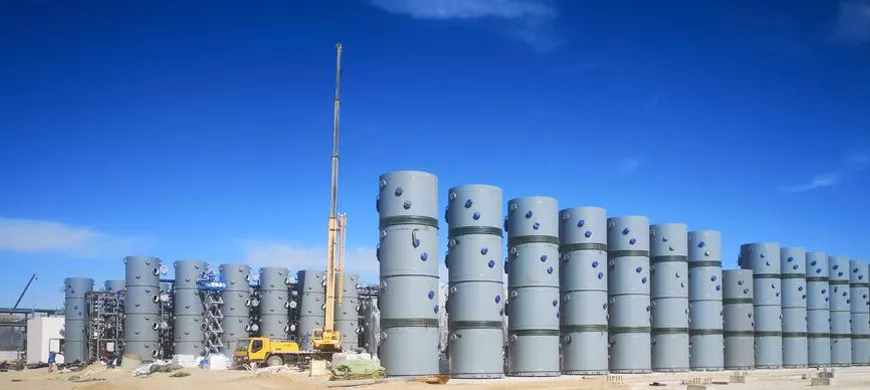Innovative Technology for Lithium Extraction
A groundbreaking advancement in lithium extraction has emerged from a collaborative effort between engineers at Nanjing University and the University of California, Berkeley. Their new method, published in the journal Science, utilizes solar power to efficiently extract lithium from briny water sources, potentially revolutionizing the lithium extraction industry.
The Rising Demand for Lithium
Lithium has become increasingly essential due to its critical role in rechargeable batteries used in electric vehicles, smartphones, and renewable energy storage. As the demand for lithium continues to surge, traditional sources such as hard rock ores are predicted to decline in availability over the next few years. Consequently, researchers are investigating alternative sources, particularly brine, which is abundant in oceans and other saline bodies of water.
Challenges in Sustainable Lithium Extraction
The primary challenge in lithium extraction lies in developing methods that are both environmentally friendly and cost-effective. Conventional methods often involve significant environmental risks and high operational costs. The innovative technique developed by the research team addresses these issues by harnessing solar energy to facilitate lithium extraction without causing pollution.
Introducing Solar Transpiration-Powered Lithium Extraction and Storage (STLES)
The team has developed a process called solar transpiration-powered lithium extraction and storage (STLES). This method employs a specialized device that floats on the surface of briny water. Key components of the device include:
- Aluminum Oxide Membrane: A membrane embedded with nanoparticles that selectively allows lithium ions to pass through when stimulated by solar energy.
- Silica Ceramic Frit: A porous material that captures and stores the lithium salts extracted from the brine.
As sunlight warms the device, it creates pressure that drives lithium ions through the membrane, separating them from the brine. This passive, low-cost system not only reduces extraction costs but also minimizes environmental impact.
Versatility of the STLES Method
One significant advantage of the STLES method is its adaptability. It can be implemented in various briny environments, including oceans and saline lakes such as the Dead Sea. This flexibility makes it a promising solution for meeting the global demand for lithium in a sustainable manner.
Other Innovative Lithium Extraction Techniques
In addition to the STLES method, researchers at King Abdullah University of Science and Technology have developed an alternative extraction technique using iron-phosphate electrodes and silver/silver halide redox electrodes. Their approach effectively pulls lithium ions from brine solutions and releases them into freshwater compartments, offering another viable option for sustainable lithium production.
Conclusion: A Sustainable Future for Lithium Production
The development of solar-powered lithium extraction technologies represents a significant step forward in the quest for sustainable lithium sources. By leveraging solar energy and innovative engineering, these methods promise to meet the growing global demand for lithium while safeguarding the environment.


